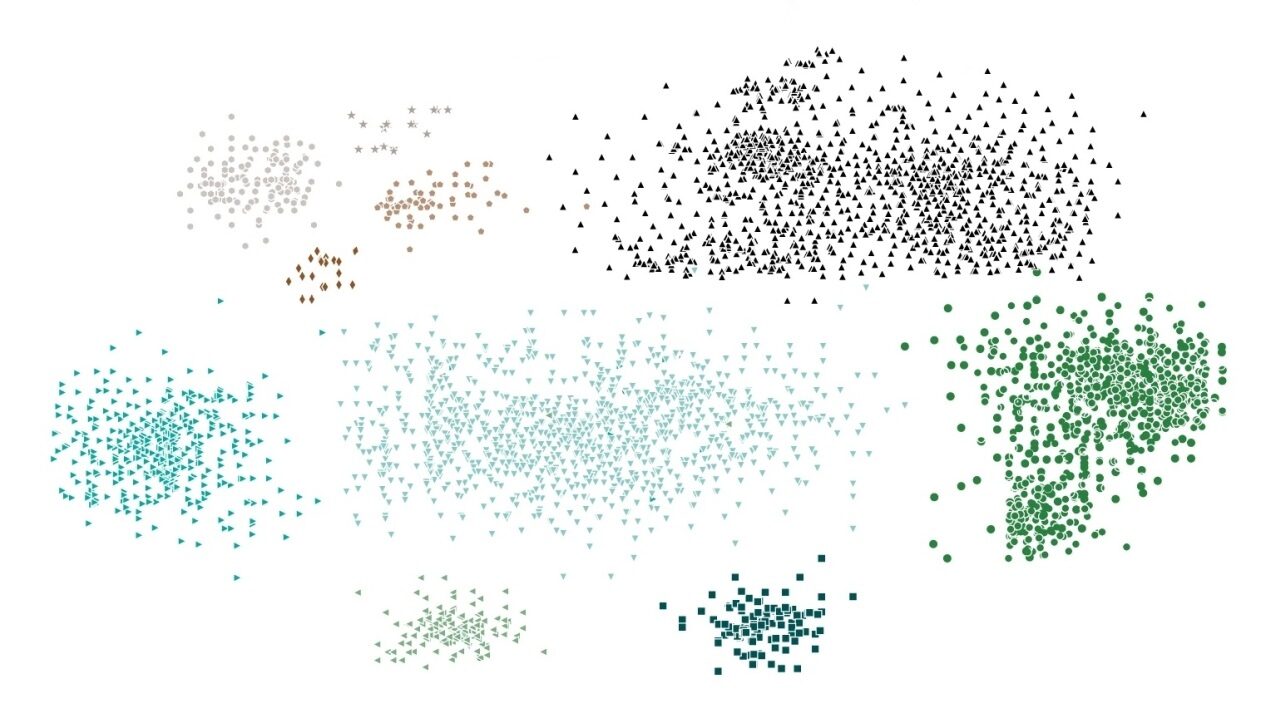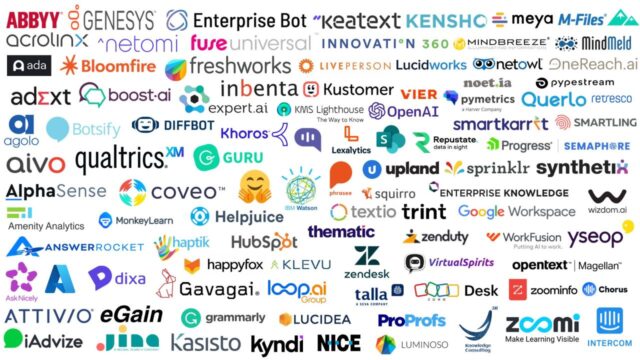
Using AI to spot gaps in development aid
Originally posted on The Horizons Tracker.
As William Easterly explains in The White Man’s Burden, while huge sums have been spent on aid to developing countries, much has been wasted due to the supposed hubris of the west. Easterly argues that much of development work is the preserve of so-called “planners”, who concoct investment schemes from their offices in western cities and then impose them on the recipient community.
Research1 from ETH Zurich ponders whether AI might be able to do a better job. The researchers suggest that it is often difficult to get an accurate overview of the work being done due to the multitude of projects and institutions supporting them.
They develop an AI-based system to allow donations to be sorted into thematic groups, which then allows donors to better understand how funding is being distributed across countries, thematic areas, and even years. The authors hope this might better enable gaps to be identified.
Smarter donations
The system is based on around 3.2 million development aid projects that were implemented between 2000 and 2019. The projects garnered around $2.8trn in support and were divided into 173 thematic categories.
“You can think of the process as an attempt to read an entire library and sort similar books into topic-specific shelves,” the researchers explain. “Our algorithm takes into account 200 different dimensions to determine how similar these 3.2 million projects are to each other—an impossible workload for a human being.”
They believe that this approach differs significantly from more traditional classification systems, not least due to its ability to structure projects in great detail even if they don’t know in advance quite what they’re looking for.
“This has allowed us to find categories that have not been systematically analyzed before or have only recently become topical,” they explain.
Transparent aid
The team explain that recent years has seen more money going to projects that support equality, as well as projects targeting sustainability and climate change.
For instance, aid for projects helping communities adapt to the consequences of climate change have doubled since 2015, when the Paris Climate Agreement was signed. This has largely come in place of donations to other environmental areas, such as preserving biodiversity or boosting energy efficiency, which have seen donations fall in the same timeframe.
As such, the researchers don’t believe that the international community has really fulfilled its side of the bargain in terms of support for projects that actually address climate change rather than just help communities adapt to the consequences.
They hope that their work will provide valuable insight into the areas where support is lacking, both from a thematic perspective but also geographically.
“Only if we know which countries, areas and organizations are being supported can projects be meaningfully coordinated at the global level,” they conclude.
Article source: Using AI To Spot Gaps In Development Aid.
Header image: Activity clusters generated by the machine learning framework (source: Toetzke et al. 2022).
Reference:
- Toetzke, M., Banholzer, N., & Feuerriegel, S. (2022). Monitoring global development aid with machine learning. Nature Sustainability, 5, 533–541. ↩





